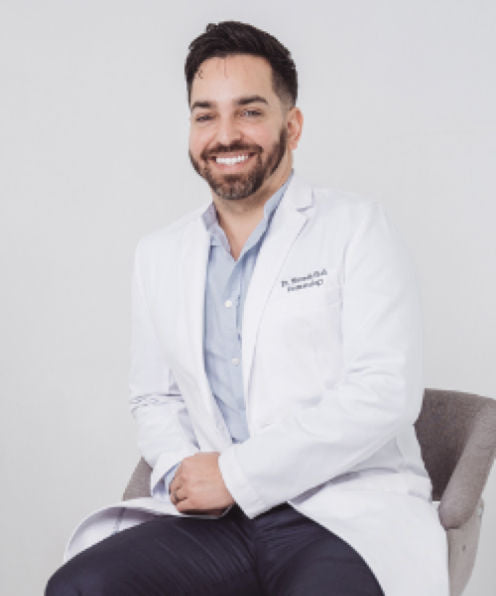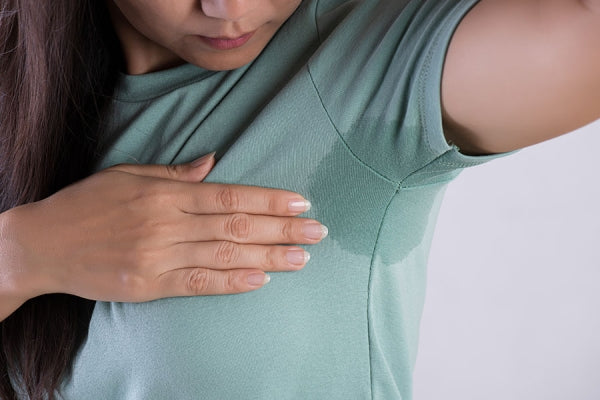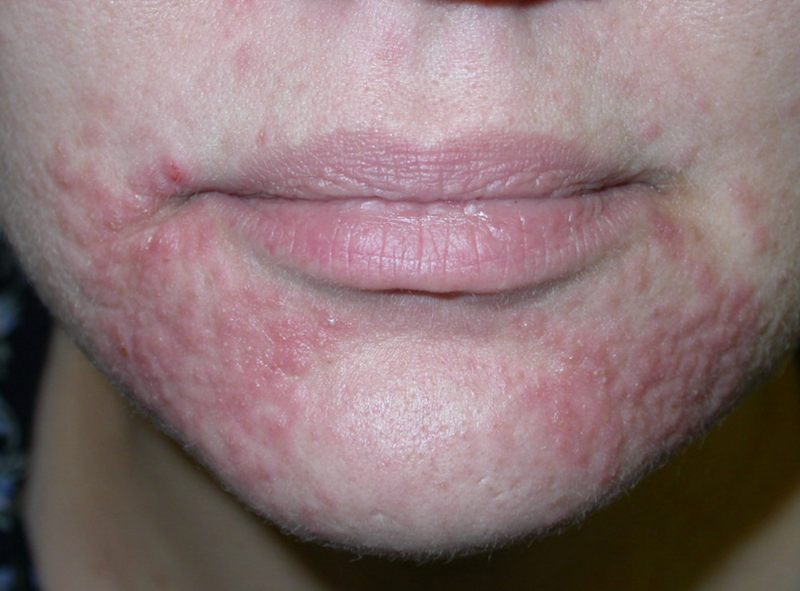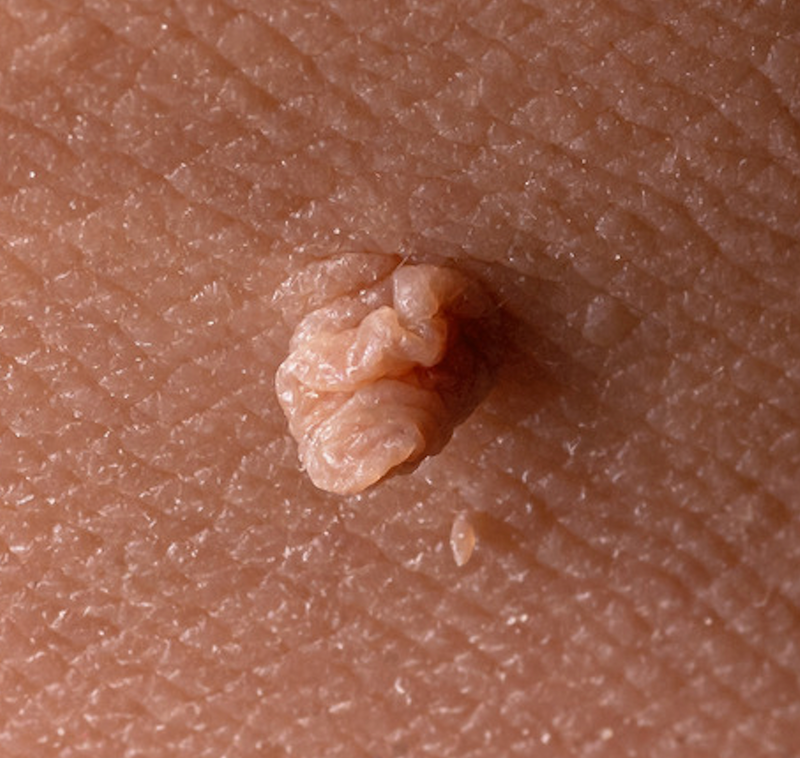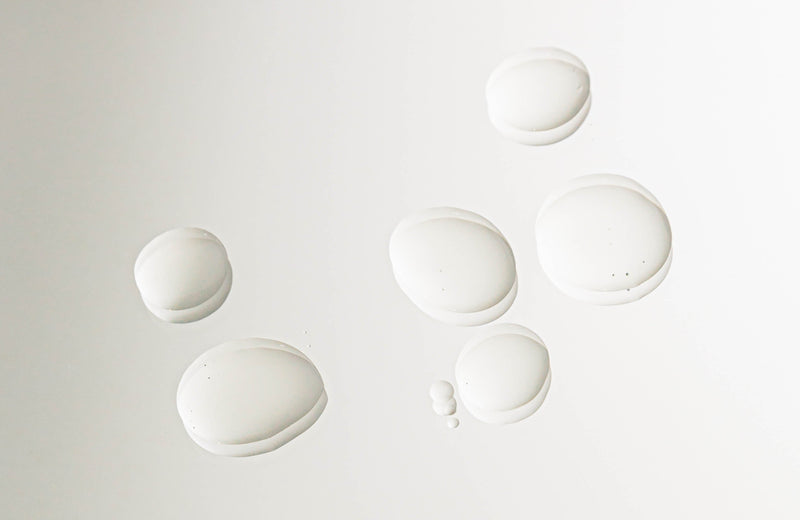Stretch marks, also known as striae distensae, are a common skin concern that affects many people. There are two main type of stretch marks, striae rubra (red) and striae alba (white). They can appear on various parts of the body such as the abdomen, breasts, thighs, hips, and even arms. It's important to note that 90% of people have stretch marks, meaning that they're normal for most people!

What causes stretch marks?
They are caused by rapid stretching of the skin, which can occur during pregnancy, growth spurts, or weight changes. Excessive use of topical and oral corticosteroids can also weaken the skin, making it more prone to stretch marks.
Can you prevent them?
There is no guaranteed way to prevent stretch marks, but there are some things you can do to reduce your chances of getting them. For example, keeping your skin hydrated during pregnancy with a hyaluronic acid-based moisturizer and massaging the abdomen can help prevent them.
How do you treat stretch marks?
There are various topical treatments available, such as creams and oils, that claim to reduce the appearance of stretch marks. However, there is limited evidence to support their effectiveness, and ingredients like vitamin E may even cause more harm than good. Effective treatments for stretch marks work by three main mechanisms: improving hydration, stimulating epidermal thickening, and stimulating collagen production. For striae rubra, lasers that target redness also help (e.g., IPL and PDL).
| Improving hydration | Silicone scar gels, hyaluronic acid, centella asiatica, and massage with almond oil |
| Stimulate epidermal thickening | Retinoids (e.g., tretinoin), Peptides (e.g., Matrixyl) |
| Stimulate collagen production | Retinoids (e.g., tretinoin), high-strength glycolic acid (20% peels), microneedling, and fractionated lasers |
